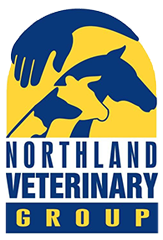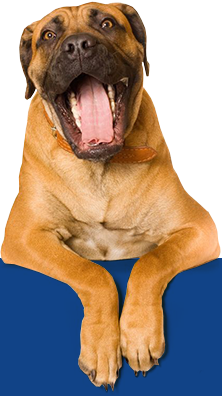Parvovirus in Dogs
Every summer we see an increase in Parvovirus in dogs in Northland, and this year it seems worse than usual. It is a disease that is relatively easy and cheap to prevent, but very difficult and costly to treat.
Why does it increase in summer? The virus causing this disease is very tough. It lasts for years in the environment unless appropriate disinfectants have been used to eliminate it after an infected dog has shed it in its faeces, urine or vomit. Summer is the puppy season. There are lots of new puppies out there going to new homes, sometimes from across the country. If these puppies don’t have adequate immunity to Parvovirus, then they are stressed by taking them away from their mum & litter (reducing their immunity further) and they come into contact with an infected dog or environment; then they are very likely to contract the disease. The more unvaccinated dogs and puppies out there, the more likely they are to come in contact with Parvovirus.
What are the signs? The incubation is generally about 7-10 days. First the puppy may seem a bit off-colour & off it’s food. Soon vomiting starts and there is generally a marked fever at this stage. Within one to two days diarrhoea starts and this quickly progresses to watery bloody dysentery with bits of the puppy’s bowel lining in it. At this stage the puppy is very sick- dehydrated, feverish, weak and has severe tummy pain. Usually, if not treated, the pup will die of dehydration and septic shock.
Can Parvovirus be treated? It can be treated with intensive care in isolation facilities at the Vet Clinic. Usually intravenous fluids or even a blood transfusion are required, along with intensive antibiotic and pain-relief medication. They also require intensive nursing. The cost is generally in excess of $1000.00, and the survival rate is very poor even with intensive nursing by our skilled veterinary nurses.
In some less severe cases the pup can be nursed at home with oral fluids, anti-vomiting medications and antibiotics, but again results are variable.
If owners can’t afford the treatment then the puppy generally needs to be euthanased as it is a very distressing and painful death without treatment.
What about older dogs? Parvovirus is primarily a disease of puppies but any aged dog can get it. Geriatric dogs generally have a less efficient immune system, and any dog who is unwell or on medication which might be suppressing their immune system can be more prone to contracting the virus and getting sick.
If there is enough challenge (ie a very contaminated environment from an infected dog) even a vaccinated dog can become sick.
Unvaccinated older dogs can also carry and spread the virus without apparent sickness.
How can we prevent Parvovirus? There is a very effective vaccine available to immunize dogs against Parvovirus. The more dogs in the population that are immunized, the less the incidence of the disease, and the less risk to puppies.
Puppies should start their immunisation at 6 weeks. They need two 3-weekly boosters with the final booster being at or after 12 weeks. Ideally puppies should have their first immunisation at the breeders and go to their new homes after at least 10 days. This is because it takes 10-14 days for the immune system to produce antibodies in response to a vaccination.
Puppies should not go out into public places until at least 10 days after their final booster, when we can be almost 100% sure that they have immunity to Parvovirus. This excludes Puppy Pre-School classes held in safe areas where all the puppies are vaccinated . The socialisation period of 6-16 weeks is very important for puppies’ “character” development.
Ongoing vaccination is also very important. After the initial puppy course, a booster at one year is required then every 2-3 years through the dog’s life depending on the risk.

